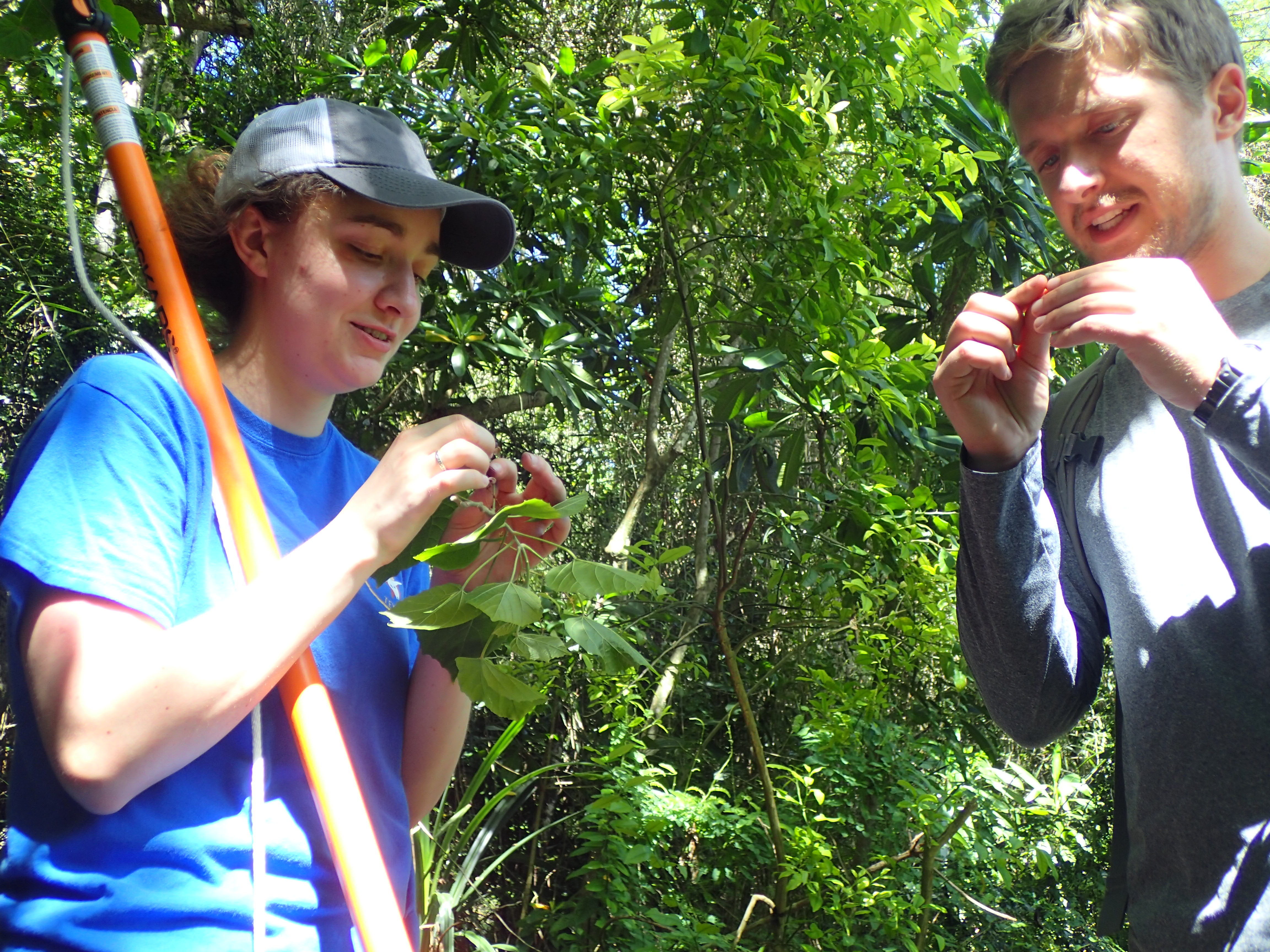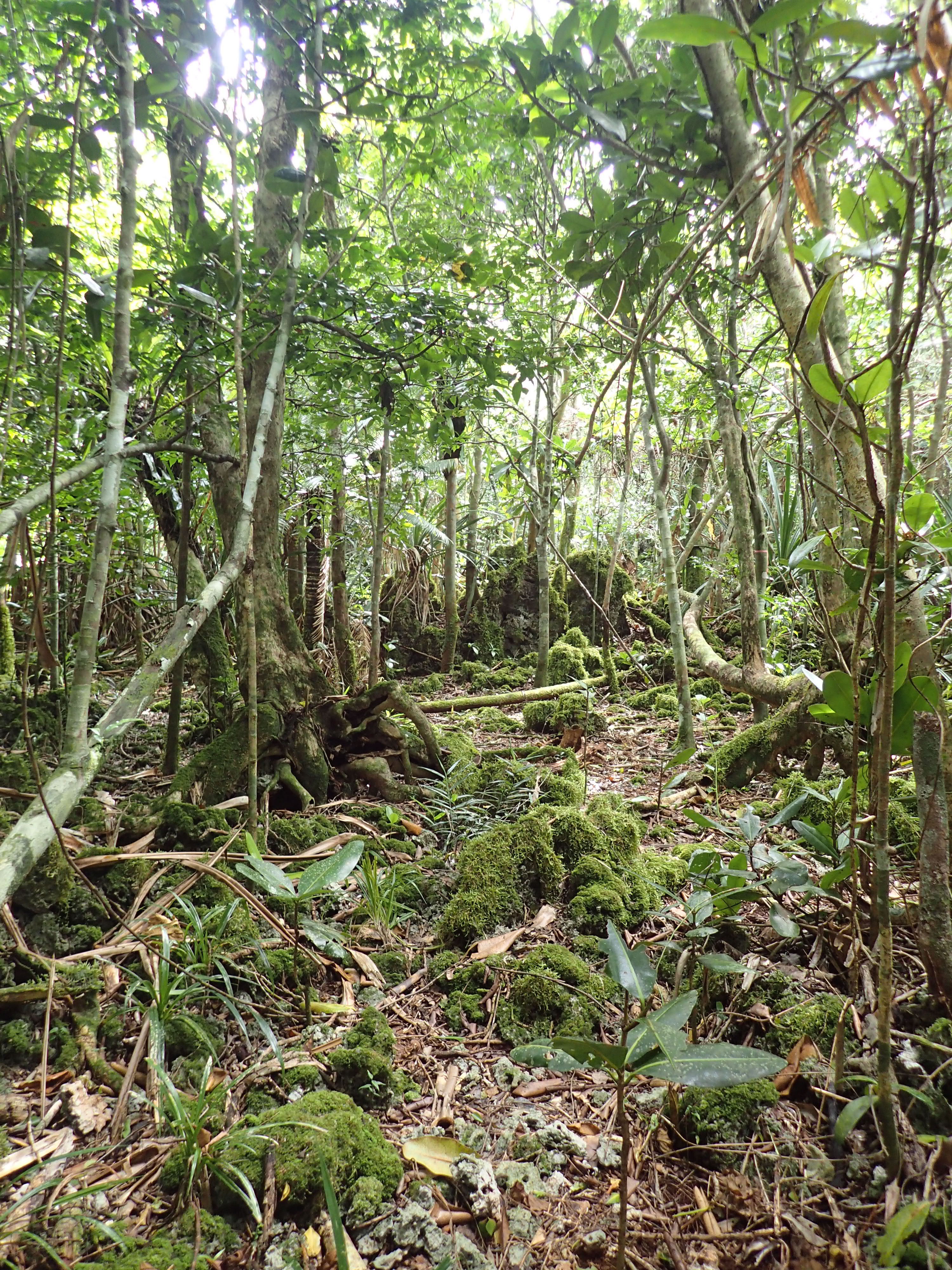Mariana Islands Research studies what happens in a forest without birds
Author: Amy Juhnke
Author: Amy Juhnke
The island of Guam presents a unique study opportunity for students in the lab of Haldre Rogers, assistant professor of ecology, evolution and organismal biology.
On Guam, the brown tree snake was accidentally introduced after World War II on military cargo. In the decades following, the snake caused the total disappearance of birds on the island.
North of Guam, other Mariana Islands have similar plant communities and still have a similar population of birds to what used to be on Guam. This presents a unique opportunity to compare the islands.
“The whole accidental experiment allows you to ask some really unique questions that you couldn’t answer in other systems,” said Brittany Cavazos, graduate student in ecology, evolution and organismal biology.

The research in Rogers’ lab also considers the conservation effort to successfully reintroduce birds to Guam. If birds are successfully brought back, the snake will have to be controlled for, but this could lead to an increase in another invasive species – rats.

Gawel spent last summer investigating how well rats in Guam disperse seeds. Rats, like birds, eat many seeds, but it is unclear whether their digestion aids in dispersal or destroys the seeds. She hopes to make this clearer through her research.
She is also interested in the public’s perception of conservation issues. She spent time with focus groups to see what conservation issues were important to them. She found that people on Guam have grown used to the brown tree snake and are not as likely to be focused on it as other species. One of those species is the coconut rhinoceros beetle, which is harming coconut trees.
“People have a strong cultural connection to coconut trees, so they are very concerned with this, while they’ve lived without native birds for twenty to thirty years,” Gawel said.